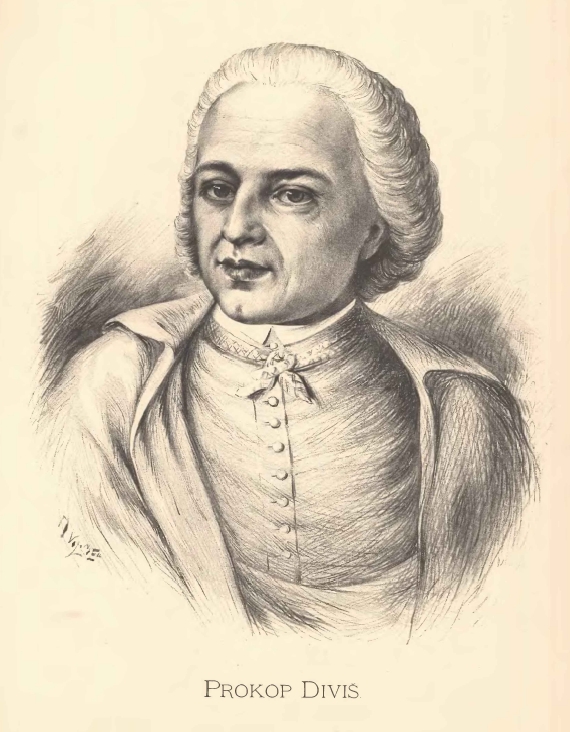The “biopic” has delivered dramatic retellings of famous figures’ lives since the very earliest days of cinema. We hunger, it seems, to see more-or-less-faithful approximations of our idols stride across the screen, enacting events witnessed by millions and those hidden away from everyone. In the case of popular musicians, these tend to involve epic alcohol and drug use, tumultuous love affairs, stadium-sized triumphs and the crushing defeats of falling out of cultural favor. Such scenes can prove difficult to recreate convincingly, especially the music and signature moves of world famous stars.
Condensing lifetimes into marketable narrative films that hit typical Hollywood beats also involves taking a fair amount of license. And as a spate of articles like “Everything Bohemian Rhapsody Got Wrong About Freddie Mercury’s Life” testify, the new biopic about Queen singer Freddie Mercury, played in the film by Rami Malek, twists or totally changes key events in Mercury’s life. The film re-imagines, for example, how Mercury met his bandmembers, his girlfriend Mary, and Jim Hutton, his longtime and final partner.
And, oddly, it imagines Mercury telling Queen about his HIV diagnosis during rehearsals for their 1985 Live Aid appearance, which it stages as a reunion, showing the band as having been on hiatus while members pursued solo projects. The truth, however, is that Mercury didn’t receive his diagnosis until 1987, and his bandmates weren’t fully aware of his illness until 1989. And when the band came together to perform at Live Aid, they had just toured the world in support of their 1984 album The Works.
Such distortions are a little perplexing given that Brian May and Roger Taylor served as creative consultants, sitting in on set during the production. The film has been also been accused of “straightwashing” Mercury’s sexuality and glossing over his roots and religion. You’ll have to evaluate the merits of these charges for yourself, but the case remains that if we want to know what Mercury’s life was really like, we need to supplant the entertaining fiction with the even more compelling truth.
The video above helps in some small part to fill gaps in our knowledge of Mercury’s last years, editing together interviews, TV clips, and performance footage. Although Mercury was very sick during this period, you would hardly have known it, and most of the people around him didn’t. He continued to write and record, working hard on Queen’s last album, Innuendo, released in the final year of his life.
We learn that his closest friends, colleagues, and bandmembers were in denial, “right up to the last minute,” as Brian May says, about the severity of his disease. “We sort of refused to know” how bad it was, May admits. Mercury himself pushed the knowledge away, immersing himself in his music to keep going. “The sicker Freddie got,” says Roger Taylor, “the more he seemed to need to record to give himself something to do, you know, some sort of reason to get up… so it was a period of fairly intense work.”
Mercury’s early death was tragic, but he met it heroically. And though his bandmates struggled to face the truth, they rallied around him in support, both in life and in death. When the tabloid press viciously slandered and attacked him, May and Taylor went on television to defend their friend. “He had a very responsible attitude to everyone that he was close to and he was a very generous and caring person to all the people that came through his life and more than that you can’t ask,” said May in a 1991 interview appearance after Mercury passed away. “I tell you we do feel absolutely bound to stick up for him,” added Taylor, “because he can’t stick up for himself anymore, you know?”
via Laughing Squid
Related Content:
Watch Behind-the-Scenes Footage From Freddie Mercury’s Final Video Performance
Josh Jones is a writer and musician based in Durham, NC. Follow him at @jdmagness



